Syndesmosis fusion for failed fixation and loss of reduction
Score and Comment on this Case
Clinical Details
Clinical and radiological findings: A 60-year-old male, otherwise healthy but with a history of a physically demanding lifestyle, presented to the clinic 8 weeks post-operatively following an irrigation and debridement (I&D) and open reduction internal fixation (ORIF) for a 3a open trimalleolar equivalent ankle fracture dislocation. The initial injury involved the distal fibula, deltoid ligament, Volkmann's avulsion, and syndesmotic disruptions. The patient reported feeling well and was uncertain of the operated side. Radiological assessment revealed failure of syndesmotic fixation with loss of reduction, specifically a widened syndesmosis in the coronal plane despite well-aligned fibula and syndesmosis in the rotational and sagittal planes.
Preoperative Plan
Planning remarks: The preoperative plan for revision surgery involved a decision to perform a syndesmotic fusion rather than a revision ORIF. This decision was based on the presence of avulsion fragments in the incisura, anticipated post-traumatic osteoarthritis (PTOA) of the syndesmosis, and the need for a durable solution for the patient's active lifestyle. The surgical plan included clearing the medial gutter of scar tissue, preparing the incisura, reducing the syndesmosis, grafting, and stabilizing the construct.
Surgical Discussion
Patient positioning: The patient was positioned supine on the operating table to facilitate access to both the lateral and medial aspects of the ankle.
Anatomical surgical approach: A posterolateral approach was utilized to access the fibula and syndesmosis. The medial gutter was cleared of scar tissue, and the incisura was prepared for fusion. Reduction of the syndesmosis was achieved, followed by grafting and stabilization. Additional grafting was applied to the partially healed anterior fibula.
Operative remarks:The surgeon noted that during the index operation, the fibula was appropriately reduced to length, as confirmed by CT scan, although the syndesmosis was underfixed with a single quadricortical screw. The revision aimed to address this by achieving osseous union through fusion, which was deemed more reliable than relying on soft tissue healing. The reduction was carefully assessed in all planes to ensure proper alignment.
Postoperative protocol: Postoperative rehabilitation included weight-bearing as tolerated with gradual progression based on clinical and radiographic healing assessments. Emphasis was placed on maintaining alignment and monitoring for signs of union.
Follow up: Not specified.
Orthopaedic implants used: Quadricortical screw, bone graft material.
Search for Related Literature

orthopaedic_trauma
- United States , Seattle
- Area of Specialty - General Trauma
- Position - Specialist Consultant

Industry Sponsership
contact us for advertising opportunities
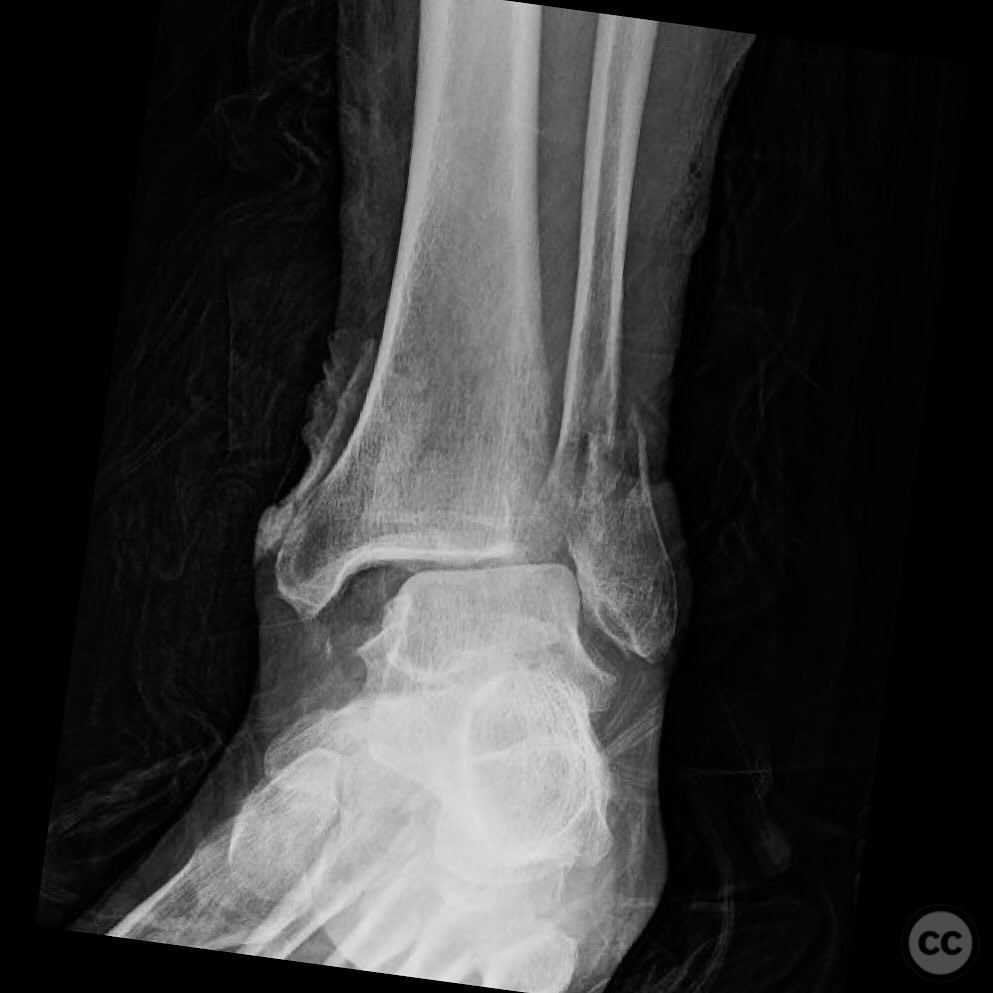
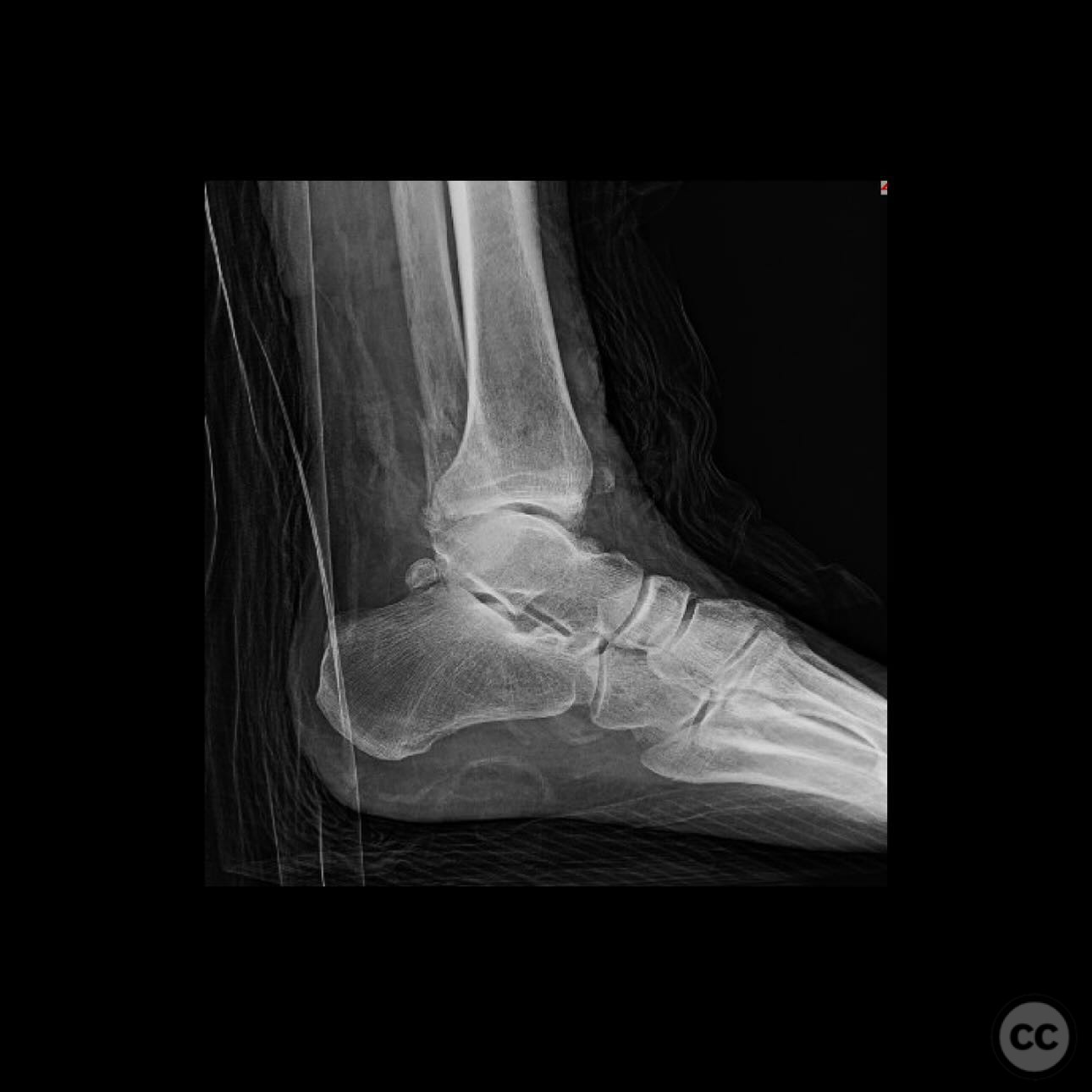
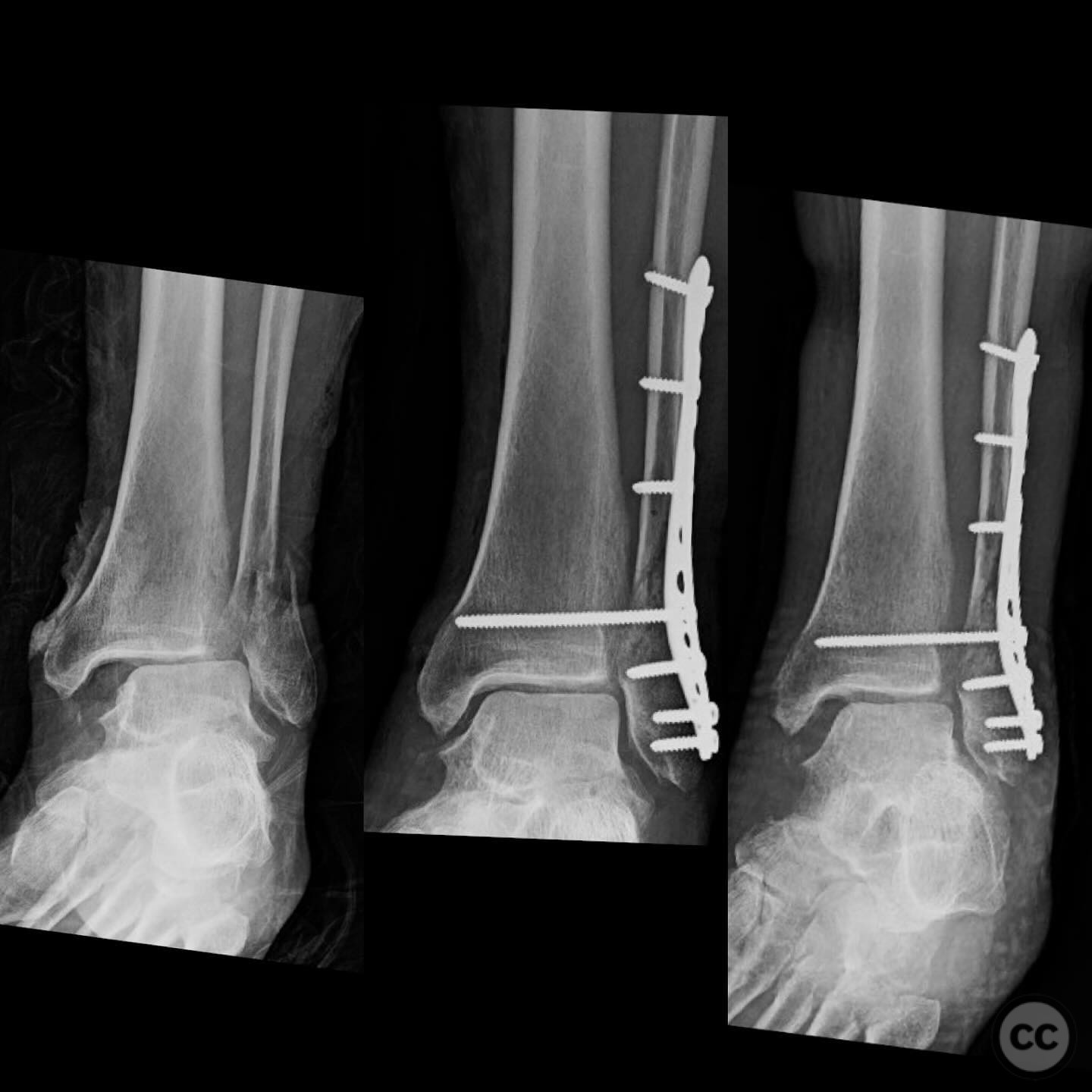
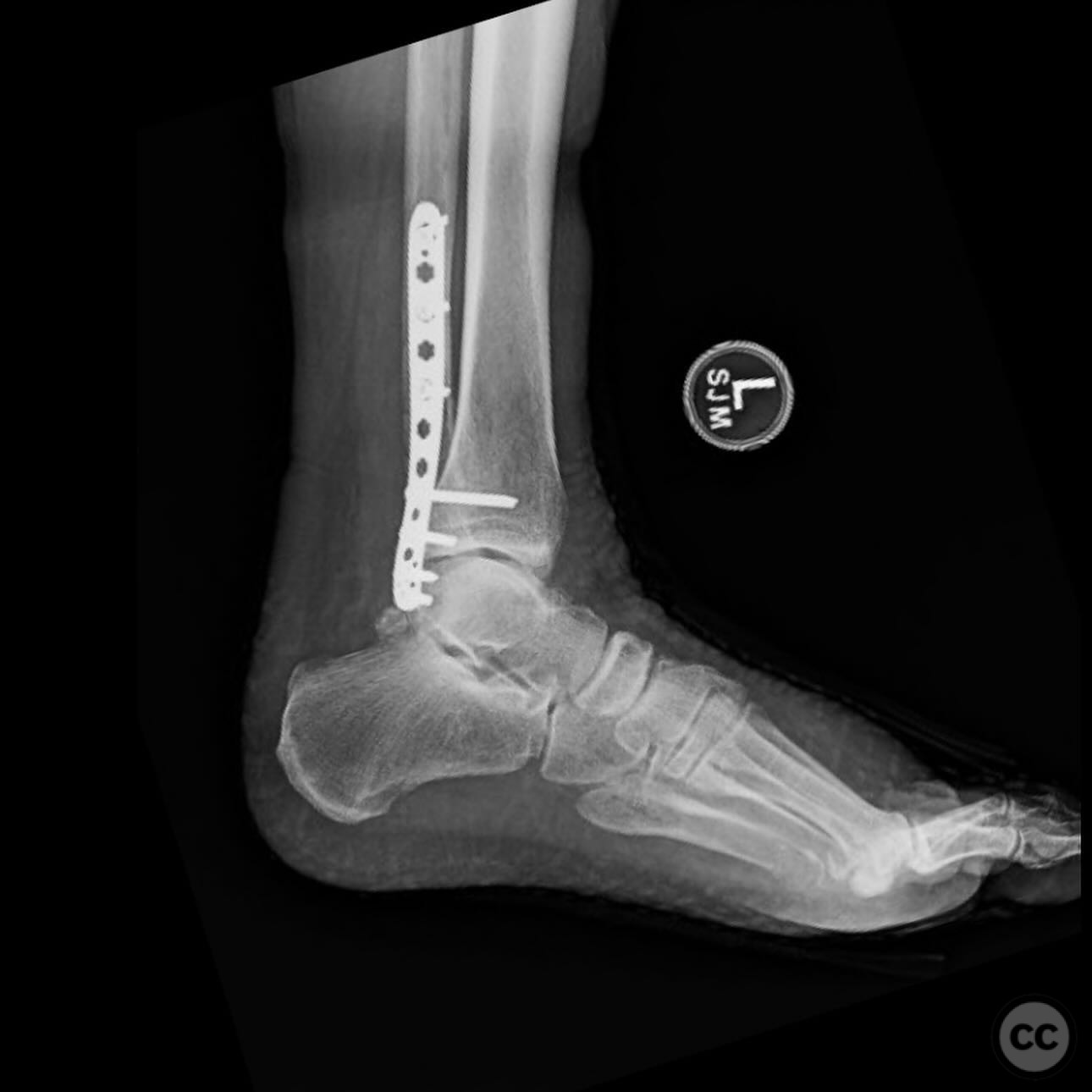
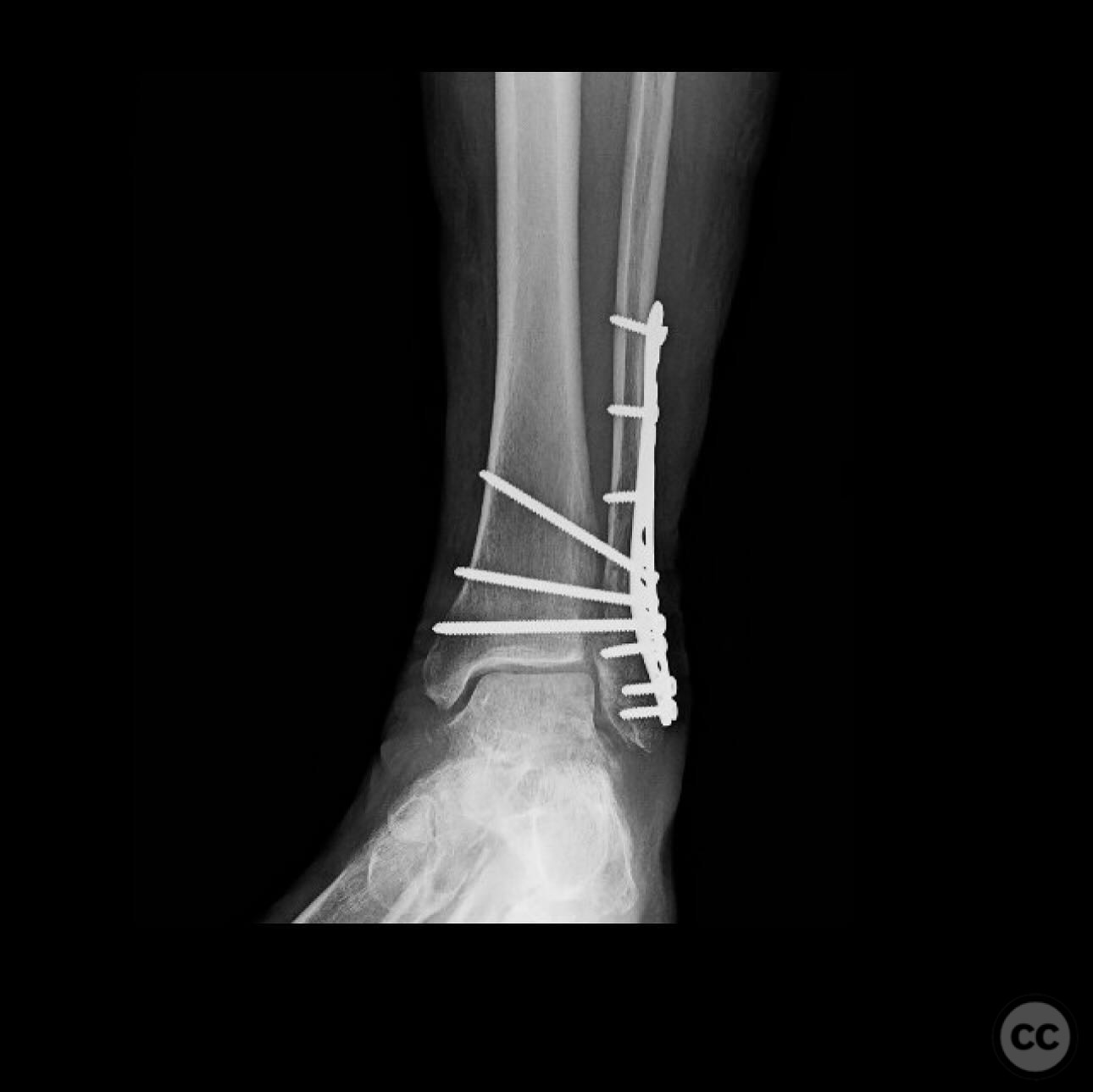

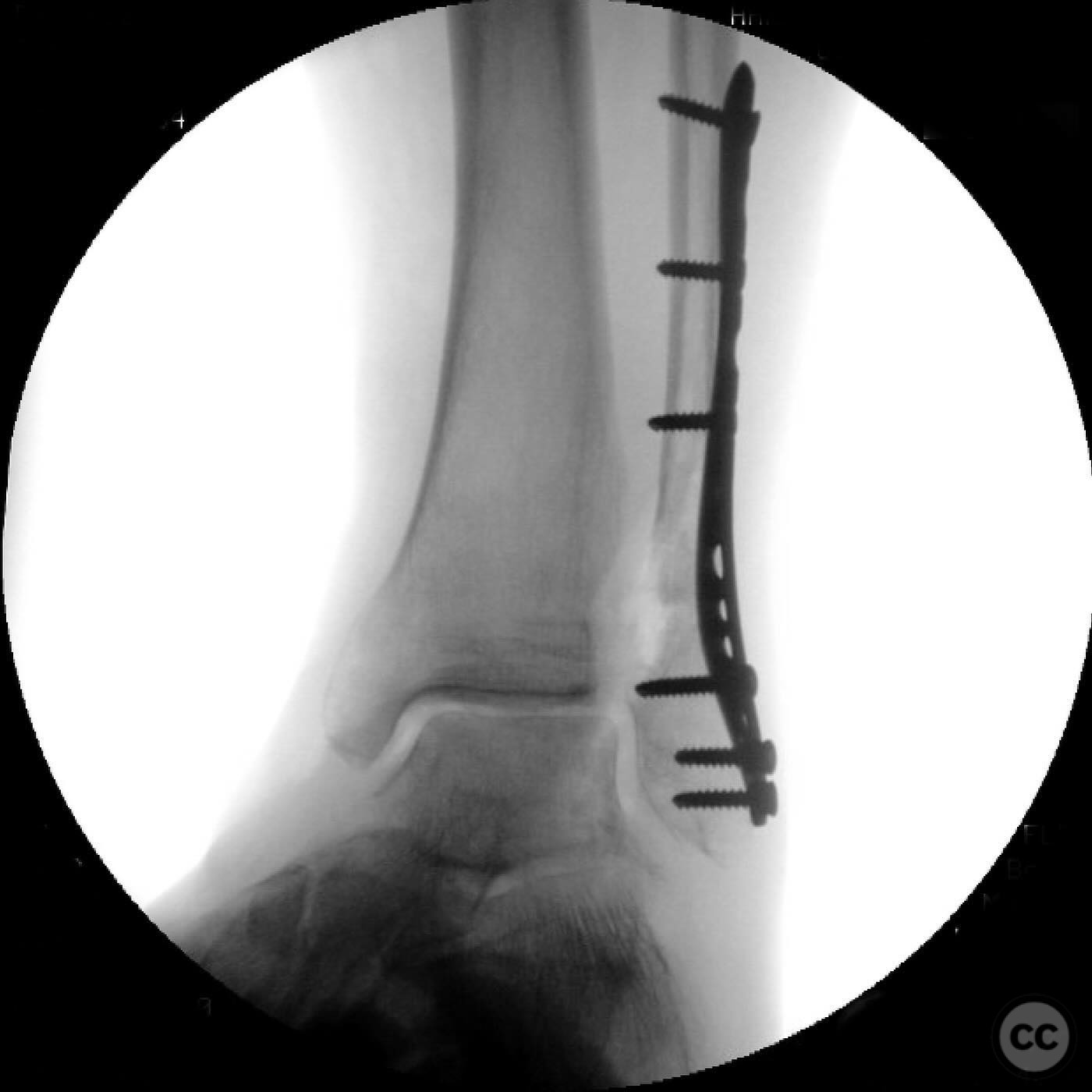
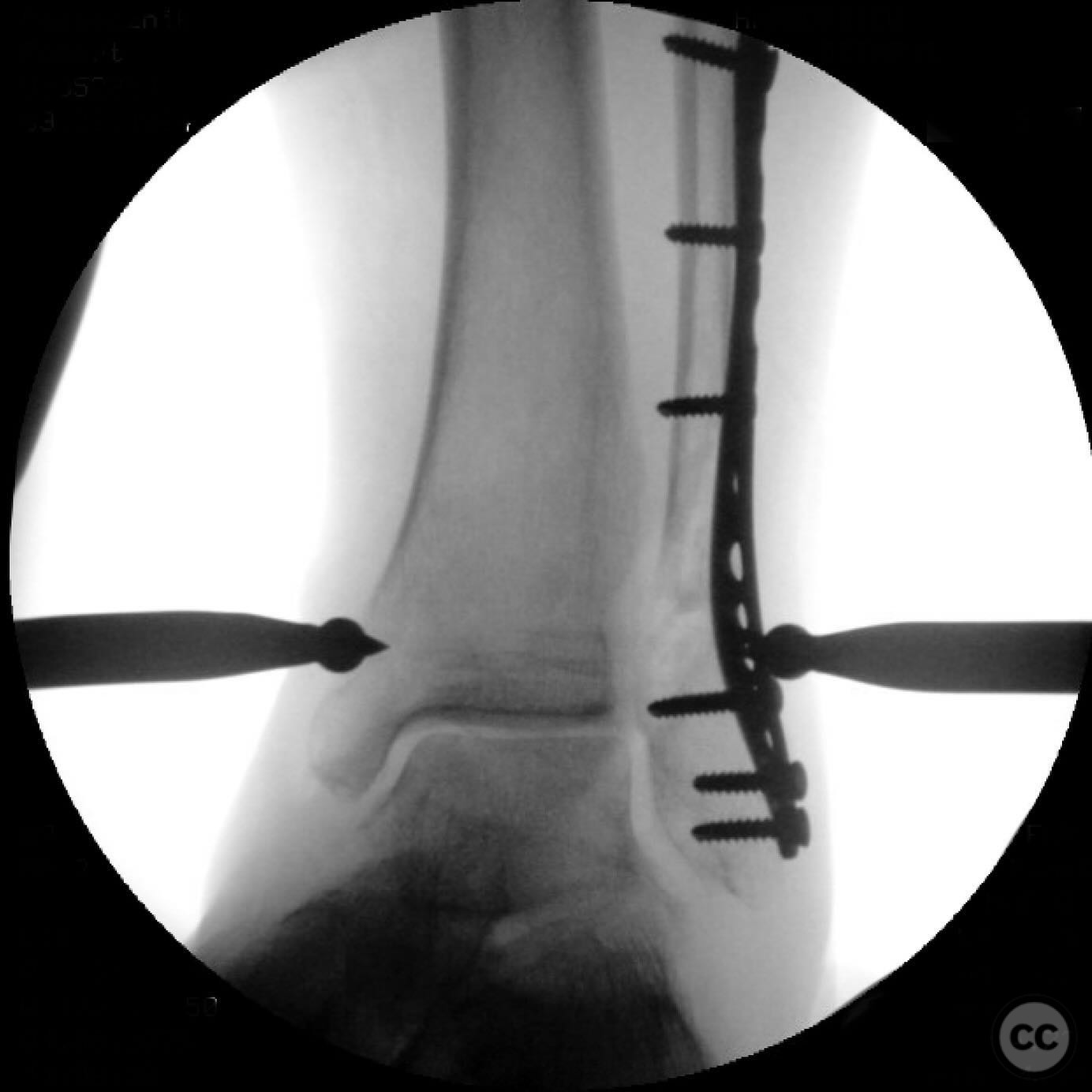

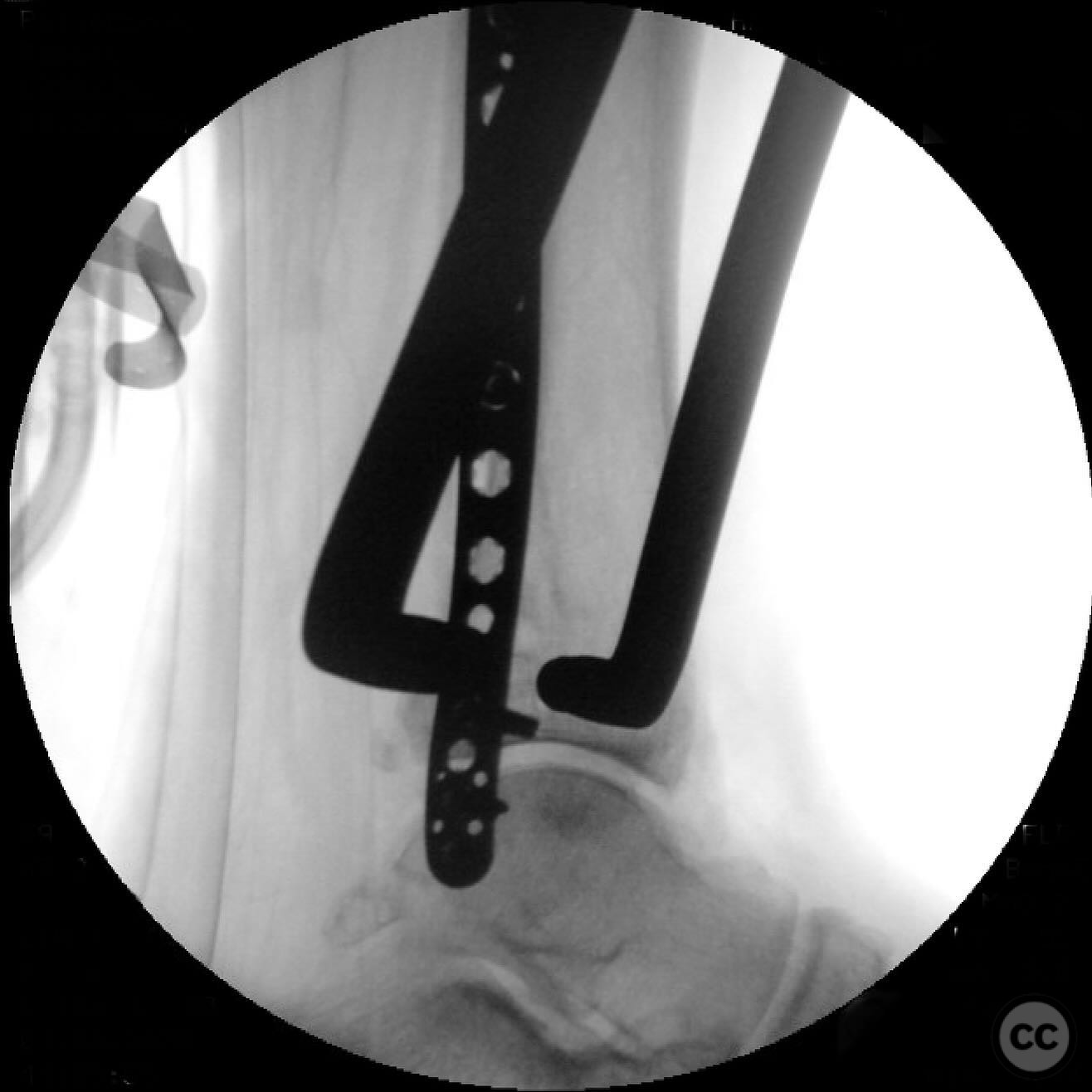

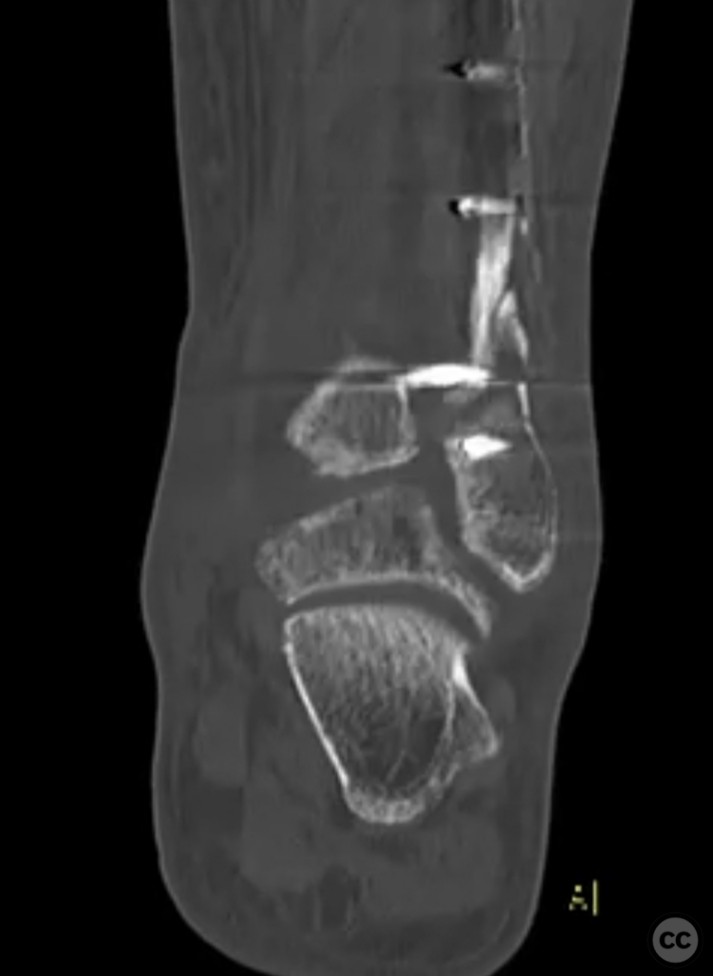
Article viewed 151 times
08 Jul 2025
Add to Bookmarks
Full Citation
Cite this article:
Surname, Initial. (2025). Syndesmosis fusion for failed fixation and loss of reduction. Journal of Orthopaedic Surgery and Traumatology. Case Report 13529483 Published Online Jul 08 2025.